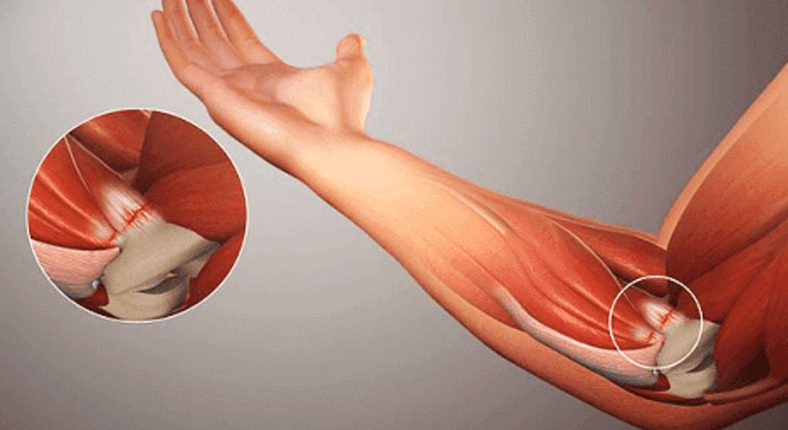Tendon is a group of tough but flexible fibrous tissue. It is the structure that connects one bone to another bone. It is important for tendons to be strong as they are necessary to resist the forces of very heavy loads. There are approximately 4,000 tendons in the body.
What is tendinitis?
Specific tendons are prone to developing tendinitis, which is irritation and inflammation of the tendon. It causes pain when you move the muscle or bone. Symptoms of tendinitis; Includes pain, tenderness, and mild swelling. Tendonitis can develop as an overuse injury from repetitive motion or can result from stress and injuries to the muscle or joint. The risk of tendinitis increases as you get older. Tendonitis develops due to deficiencies in blood flow to the tendon.
Which Tendons Can Cause Tendonitis?
Some tendons are prone to developing tendinitis.
Achilles tendon:
This tendon connects your calf muscle to your heel bone. If overstretched, it can tear completely or partially, often with a popping sound and sharp pain in the back of your ankle and leg. It may require surgical repair or respond to nonsurgical treatment.
Rotator cuff tendon:
Rotator cuff tendons connect muscles to the shoulder joint. Tendonitis may develop due to an injury, repetitive lifting, or sports that puts your arms above your head.
Posterior tibial tendon:
This tendon connects the calf muscle to the bones inside the foot, holding the arch and supporting the foot while walking. It could be a fall injury or a repetitive use injury in high-impact sports such as basketball, tennis or football.
Extensor carpi radialis brevis:
This is inflammation of the tendon that connects your forearm muscles to your elbow, often called “tennis elbow.” It is caused by many activities, including racquet sports such as tennis.
Patellar tendon:
Common in sports that require jumping, such as basketball and volleyball, “jumper's knee” involves repeated stress on your patellar tendon, which connects the kneecap (patella) to the shinbone (tibia) and helps you extend your lower leg.






